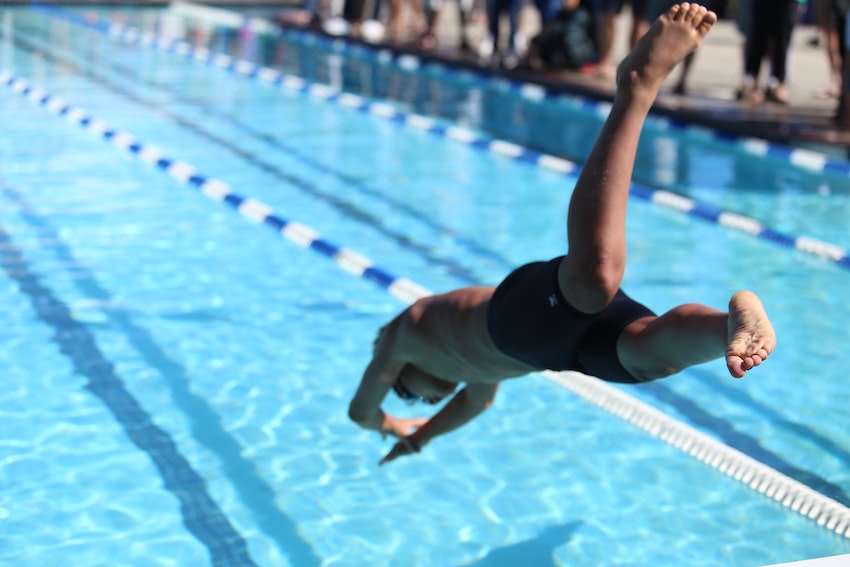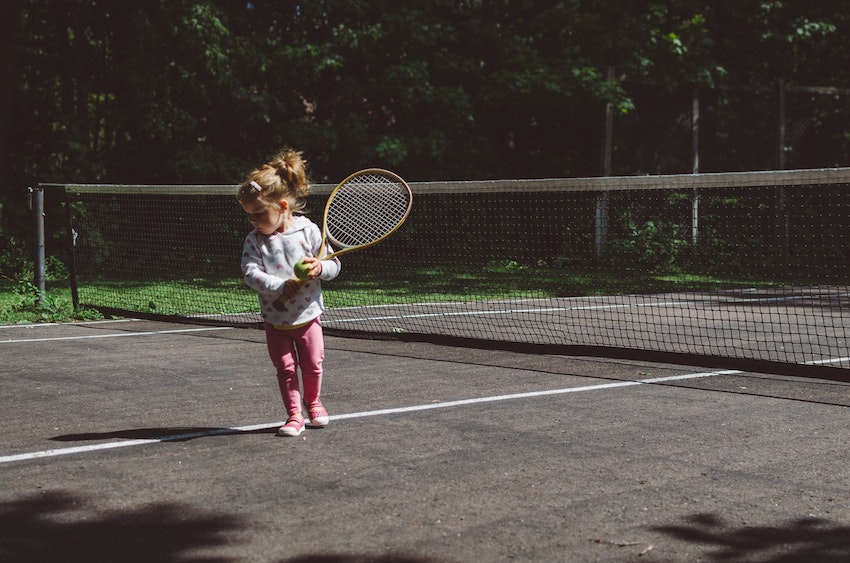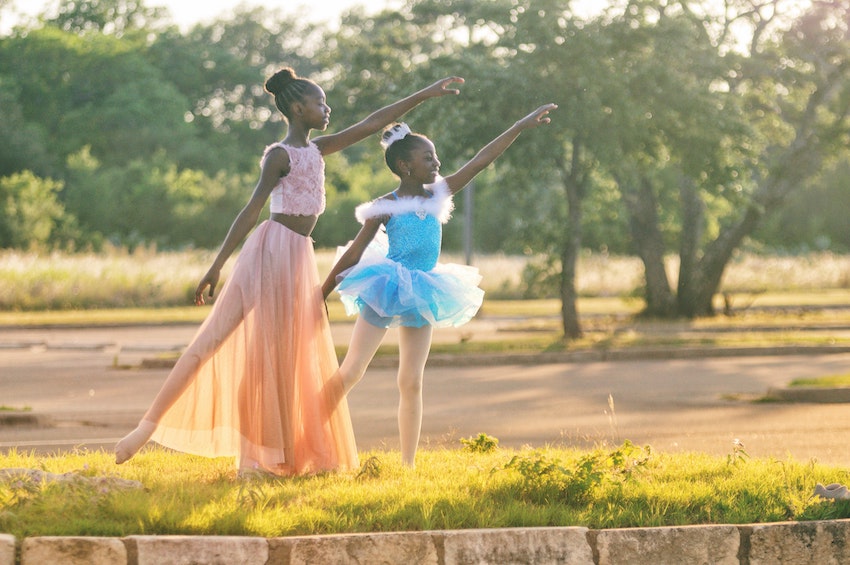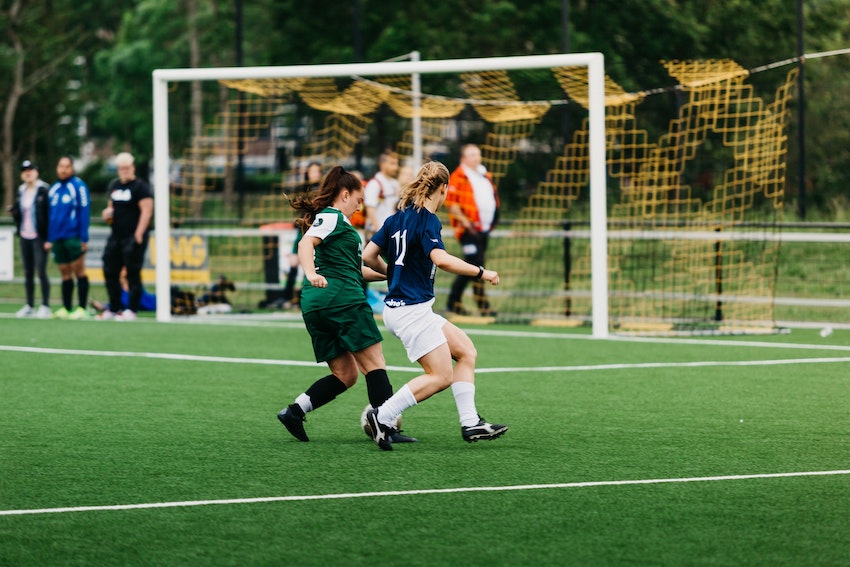Participation costs are one of the biggest barriers for young people accessing sport, with a growing divide existing between families who can afford to participate and those who cannot. Here are some of the eight most popular sports and their comparative accessibility.
Australian parents are spending around $1,800 on average on extracurricular activities, a national expense of $3.8 billion, according to Mozo. Additionally, the Australian Sport Commission has found that roughly $11 billion is spent a year on sport participation fees. A survey conducted by the ABC found that participants were paying over $1,100 on average to play sport each season, with an added $450 on average for transport costs, meaning the average person spent around $1,500 on sport per season.
Registration costs amount to around $225 annually, plus an added $200 spend on uniforms and lessons. These increasing costs make the commitment to enrol your child into sports a difficult one. In 2016, AusPlay found that 70% of Australian children participated in sport outside of school hours, meaning the accessibility to sport is necessary for healthy development and comparison.
Mozo found that equestrian was the most expensive activity, costing on average $3,280 a year. Swimming comes in as the most common sport for Australian kids, with 33.9% of girls and 29.8% of boys who participate in an out-of-school activity picking the pool over anything else.

Australian Rules Football
Participating in Aussie rules is relatively inexpensive in comparison to other sports. Minimal gear is needed, with only studded boots and a mouthguard required to join a club. Registration for most clubs is usually around $100-300, uniform inclusive.
Junior games have quarters of 12 minutes, so match days do not last much longer than an hour and a half at most. Whilst AFL is a contact sport, junior levels modify or eliminate tackling and bumping rules to make it a safe choice for your children. Junior AFL is focused on having fun and developing skills, disregarding finals and rankings at the end of the season.
Netball
Netball comes in as one of the cheapest sports to get your kids involved in, at roughly $435 a year. Memberships amount to $60 a year, plus club registrations, sit at under $150 a year for juniors. This no contact, easy to learn team sport is relatively quick too, with 8-minute quarters for the little ones and the game lasting no more than 40 minutes.
Swimming
AusPlay found that swimming was the top organised out-of-school physical activity for Australian children in 2017, with 31.8% of kids participating. Swimming competitions begin at 9am at the latest on the weekends. These early wake-ups are not always the most attractive option, but minimal equipment is needed for the sport and entry to events is relatively inexpensive, at $20 per athletes. Roughly $694 is spent by participants each year, coming in the middle ground of costs for sports. Soccer
Soccer
Soccer is the number one team sport in Australia for kids aged 6-13, with 48.7% of those who participate in a team sport choosing this sport. 14.1% of kids chose soccer as an out-of-school activity compared to other recreational activities, with AFL at 8.8% in comparison. Registration fees vary from $200-500 per year, and including equipment and uniform necessary the sport costs roughly $800 annually.
Games will take around an hour and a half per week, and training sessions once or twice a week of an hour. This is a reasonable option and a popular team sport where your kids can form new friendships easily.
Tennis
Tennis is a sport enjoyed by all ages, with kids starting from as young as three years old. As a lifelong game, it is a great non-contact family sport option. Tennis requires minimal equipment, only a racquet and good shoes. On average, it will cost participants around $836 per year.
The rule of thumb for tennis practice is putting in as many hours as you are in years old, so for an 8 year old this would be 8 hours per week combined with games and training. However for those just wanting to learn a new skill or work on coordination, lessons are generally 30 minutes long, with Saturday morning tournaments going for about 2-3 hours.
Dancing
Dancing lessons are usually around $20 per class based on enrolment for a whole term, amounting to roughly $300 per term. This won’t include costumes and performance tickets, makeup and shoes needed to perform. Additionally, gymnastics is one of the more expensive sports, with beginners paying roughly $800 per year, not including competitions.
Dance is one of the most rewarding extracurricular activities for your child to have fun and make friends, but the more competitive they get, the more expensive it will become to fund. Dance classes on average are 45 minutes long, with most time consuming commitments coming at the end of the year with concerts and showcases.
Cricket
Cricket is a great team sport, with eleven players usually making up a team, but junior teams supporting 7-9 players. It is however, one of the most expensive sports for children to participate in due to the amount of gear needed such as pads, helmets, bats, balls and appropriate footwear. Registration is roughly $170 per year, and the sport costs participants $1,142 on average annually.
Cricket is also one of the most time consuming of these sports, with Saturday morning cricket matches lasting around 2-4 hours each week, with the potential for weather disruptions since it relies on sunshine and dry grass.
Golf
Unsurprisingly, golf comes in as the most expensive on this list of common sports for juniors. It is roughly $1,600 a year, a figure based on registration for courses and equipment costs – with most tournaments costing around $130-200 for juniors. A further drawback in accessibility for this sport is the time taken to complete rounds, with 9 holes taking up to 3 hours and 18 holes up to 6 hours.

A study by Ipsos found that 40% of parents believed their kids’ sport gets more expensive with each coming year. With rising participation and registration fees, analysis is needed into what sport or extracurricular activities will suit your lifestyle. Ensure you capitalise on back to school saving deals or discounts for returning to the same club to maximise your savings.



